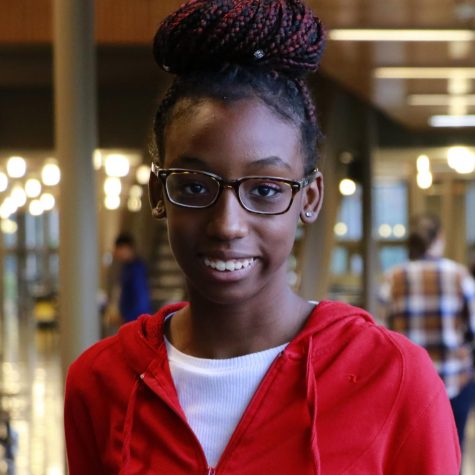How Social Media Controls Our Lives
EFFECTS OF SOCIAL MEDIA With Americas teens on social media, studies show that social media is taking most of people’s day and is getting in the way of teen development. The most popular social media that teens use is Instagram and Snapchat.
November 5, 2019
Social media has been around since 1979, when it was used much more occasionally ambiguous and the technology was just beginning. But in our world today, we use social media on a daily basis; every morning when we wake up, when we are at school in our free time, and every night before we go to sleep. Teenagers today mostly use Instagram, Snapchat, Twitter, and Tik Tok, but that is only a few of the hundreds in the world. That is already a lot of social media that we use and there are hundreds more. We have heard it rots our brain and research is backing it up.
Freshmen Bella Verzosa has 761 followers on Instagram (IG), and although some people might say that is a lot of followers there are others who have over 2,000. A student at Skyline High school has over 70,000 followers. Sophomore Maclaren Crow has over 2,000 followers on Instagram. Although she does not know all her followers, she still follows her closest family and friends. But of course, social media can come with a risk. You might have a strange person that you do not know and are uncomfortable with a direct message. Crow has gotten one of these, but she told someone she trusts.
The youngest age that a person can be on Instagram is thirteen. but that is not always the case. Kids as young as nine use Instagram but claim that they are thirteen. Junior Emily Palm with 1,184 followers does not feel stressed when she is on social networks. She knows all her followers and her family follows her as well. Although she has a lot of followers, she only posts on IG for memories with her friends depending on when she does something fun or interesting.
Studies show that social media affects teenagers dramatically. Girls are more likely to compare themselves to others. Scrolling through their feeds adds more pressure to them seeing a small part of somebody’s life and seeing how great it is. Social media is like a mask for your real self. People may act like a different person on Instagram, but in real life, people are not who they seem to be.
Our parents grew up in a different time period. They did not have computers until college. Teenagers have had electronic devices and the internet practically their whole lives. Katie Hurley, author of No More Mean Girls and The Happy Kid Handbook, states that teens “don’t learn how to really talk to each other.” They talk to each other through text or Face Time. The way that they might confront someone through social media is different than when they would do it in person. Having social media is not inherently bad. The purpose of social media is to share your best memories in life to others that you add or follow. But sometimes social media can get out of the user’s control and can lead to problems such as drama, bullying, trolling, harassment, and much more.
The problem is that we are faced with stress over what they see on IG. They can obsess over it to a point where they are constantly changing their appearances or mental health. This affects them as a person because in their mind, they think that they need to be exactly the way that they see someone else that is considered perfect. Hurley says that girls obsess over their image because they want to be like the celebrities in movies, magazines, books, and more. Hurley suggests that girls focus on their lives and not care what people think based on likes and movies that they think is teenage life.
Boys don’t have the same exact experience with social media. For boys they do not obsess over likes and they do not care what people think about it. Sophomore Blake Reed has over 1,300 followers on Instagram. He does not feel stressed and only posts occasionally. His parents do follow and monitor his accounts and follow him, but this does not take make him feel stressed or left out on his account. He is on social media a lot from five to 10 times a day. And that is just social media. The average person is on their phone for three hours and 10 minutes per day. But the average person is on social media for two and a half hours. The only social media he has is Snapchat and Instagram, and as you can tell that’s not a lot. Girls mostly have around two to five social medias and boy has two to three social media accounts. The difference between the two is girls feel subjective online and face many more dangers whereas boys do not have that many dangers to look out for.
How can we make sure that both genders are safe? Hurley suggests being careful on who follows you and who you follow, and if you see something that is alerting, tell a trusted adult.




